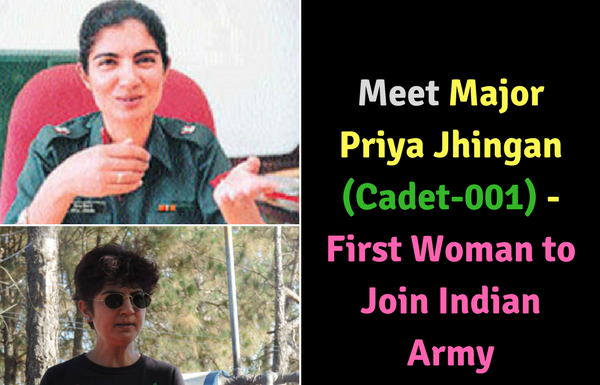Freedom of expression and the right to criticize the Government is given to all Indian citizens as residents of a democratic nation. Media became popular in India in 19th century during British imperialism, and was initially a means of making people aware of the arbitrariness of the British rule. This propelled the nation to progress on the path of Independence. Now however, media has come to be known as the ‘Fourth Estate’ or ‘Fourth Pillar’, viewed alongside the three organs of the government. It has become a societal and political force, though its influence has not officially been recognized. In the media industry, limitations are limited. The Government does have certain provisions to control this fast growing sector, such as the Registrar of Newspapers for India (RNI) and the News and Broadcasting Authority (NBA), but these have self – created laws which do not play their roles with as much efficacy as we would desire.
Media provides all the useful information to the masses of India. In a way, it keeps a check on the governmental policies, giving reasonable power to the public. Contemporary media is available in almost all forms possible – internet, radio, television, newspapers and magazines. It stores, disseminates, and even controls all sorts of news and data nowadays. The media has the leverage of manipulating information and deciding how much, and in what form the news reaches the people.

Media in the contemporary world holds the power to secure or topple the government, form public opinion about any policy or institution and enhance or ridicule the reputation of an imminent personality. It also proves to be an outlet of public opinion. Here are some aspects where media proves to be an indispensable institution-
GOVERNMENT AT ITS MERCY
Media provides all the necessary information regarding the existing policies of the government, their impact on varying sections of India and even the tentative plans for the future. The media holds the power to portray the goods and bads of a government, in turn deciding its relations with the public and its future as the ruling party. Furthermore, it showcases the execution of various laws and policies of the government and the interdependence of executive, legislature and judiciary. It keeps a check on the working of all the organs of the government, including the independent supreme body – the Judiciary. The prominent political and elite figures have to maintain good relations with the media in order to ‘survive’ as leaders or influential members of the society.
VOICE AND AID OF THE NATION
Media has always played the role of being an outlet of public voice and opinion, further propagating ideas, novel policies and reforms suggested by the common man. It helps to keep the dynamic nature of the Indian government intact by putting forward the needs, demands, opinions and solutions of various problems faced by majority and/or the backward, underprivileged sections of the society. With the gigantic size of the Indian population and the diversities and varying needs existing in India, the government cannot possibly reach every part of the country and here’s where media provides support, guidance and a way for the general population to voice their thoughts. Additionally, media provides a means to bring special persons or groups of persons in the limelight, who have been let down by the government due to inadequate support and aid in times of need and emergencies. It brings forward the unusual cases of people desperately in need of any and every kind, such as the family of a martyr, special medical needs required, etc.
EVENTS AROUND THE WORLD AND INDIA’S STANDING
Media proves to be an effective means of keeping the common man in touch with the issues and news of the world. Contemporary media does not limit itself to the events and circumstances of India but also allows immediate, efficient contact with the happenings of other nations, that too within minutes of outbreak of an event. In addition to this, media secures India’s position as an imminent county on a global level and makes comparative studies and information available, to determine India’s standing and relations with other countries of the world.
MEDIA AND THE YOUTH
The youth undoubtedly forms a fundamental part of a civilization which is evinced by the fact that more often than not it is the youth that leads a protest against any objectionable act of the government or social institution. Youth’s association with media is an integral one. The youngsters make proper use of the media in order to question and condemn corruption, ill doings and malevolence. Nowadays, newspapers have special sections which hoist the voice of the young minds. The same is applied by the television news channels, while the latest platform is the internet. Today, blogging is also a powerful tool that is utilized fully for expressing thoughts, views and disagreements.
Hence, media has proved to restore faith in the democratic nature and the free will of the citizens of India. Through media, the commonality does not only remain constantly upbeat with the events of the world but has also found another way to participate in the decision making process. The chosen representatives have become more accountable and answerable to the public. Therefore, contemporary media is providing India the opportunity to evolve and refine herself to keep up with the rest of the world.






























